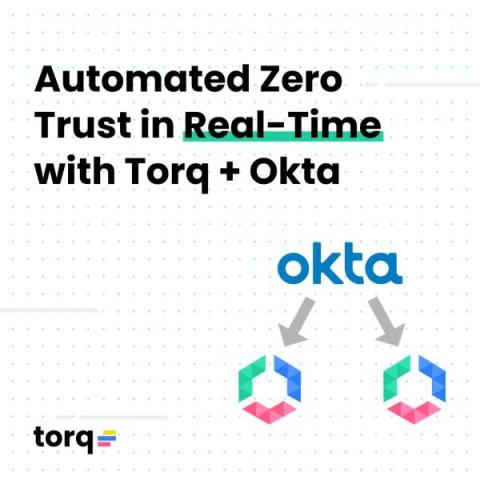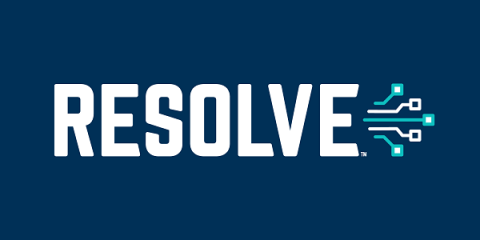Operations | Monitoring | ITSM | DevOps | Cloud
Automation
Orchestration vs Automation: Which Does Your Business Need?
Digital transformation is accelerating rapidly to include virtually all enterprise functions. Organizations of all size, across all industries, are leveraging digital technology to enhance customer service and improve work efficiency. Integrating automation into core business functions has become a must to stay aligned with the ongoing digital revolution. The growing migration to the cloud has resulted in the distribution of company data and applications across multiple locations. This means that many complex business processes must leverage IT resources from the cloud and on-premises. This is where automation and orchestration can greatly improve the performance and efficiency of these complex tasks.
Automated Zero Trust: The Only Thing to Put Your Trust in
There’s no question that centralized identity and access management (IAM) helps companies reduce risk and prevent attacks. But, as this week’s Okta attack shows, centralized IAM doesn’t eliminate all risks. Attackers with access to IAM data can use this information to easily access downstream systems or modify permissions to grant elevated access to malicious parties.
PagerDuty Runbook Automation Joins the PagerDuty Process Automation Portfolio
Spring is blooming here at PagerDuty, and so is our automation product line. We’re thrilled to share some exciting product announcements. First, we’ve officially rebranded our automation product line, Rundeck®, as PagerDuty® Process Automation. Fundamentally, everyone who buys Rundeck becomes a PagerDuty customer, so we decided to make it less confusing.
SOARs vs. No-Code Security Automation: The Case for Both
Just a few years ago, security orchestration, automation and response (SOAR) was the new buzzword associated with security modernization. Today, however, SOAR platforms are increasingly assuming a legacy look and feel. Although SOARs still have their place in a modern SecOps strategy, the key to driving SecOps forward today is no-code security automation.
What Is Automated Discovery and Dependency Mapping (DDM) and Why Do You Need It?
In a perfect world, your Configuration Management Database (CMDB) acts as the single source of truth for all your IT device inventory and the relationships between those devices. However, maintaining accuracy is easier said than done. That’s because the traditional method for provisioning and maintaining a CMDB is complex, unwieldy, and outdated the second it's updated. To keep up with the needs of a modern CMDB, an automated discovery and dependency mapping (DDM) solution is a must.
Performing a Code Deploy from the Puppet Enterprise Console
Closing the Gap: Deploying Automation the Right Way
Automation in the enterprise is nothing new. Engineers have been working with automation tools and frameworks for decades. From configuration management tools, to continuous integration and delivery pipelines to cloud formation, you name it—automation is part of the fabric of nearly any technology use case in the business landscape. If the previous statement is true, then why does automation still seem to pair with so much manual work?











